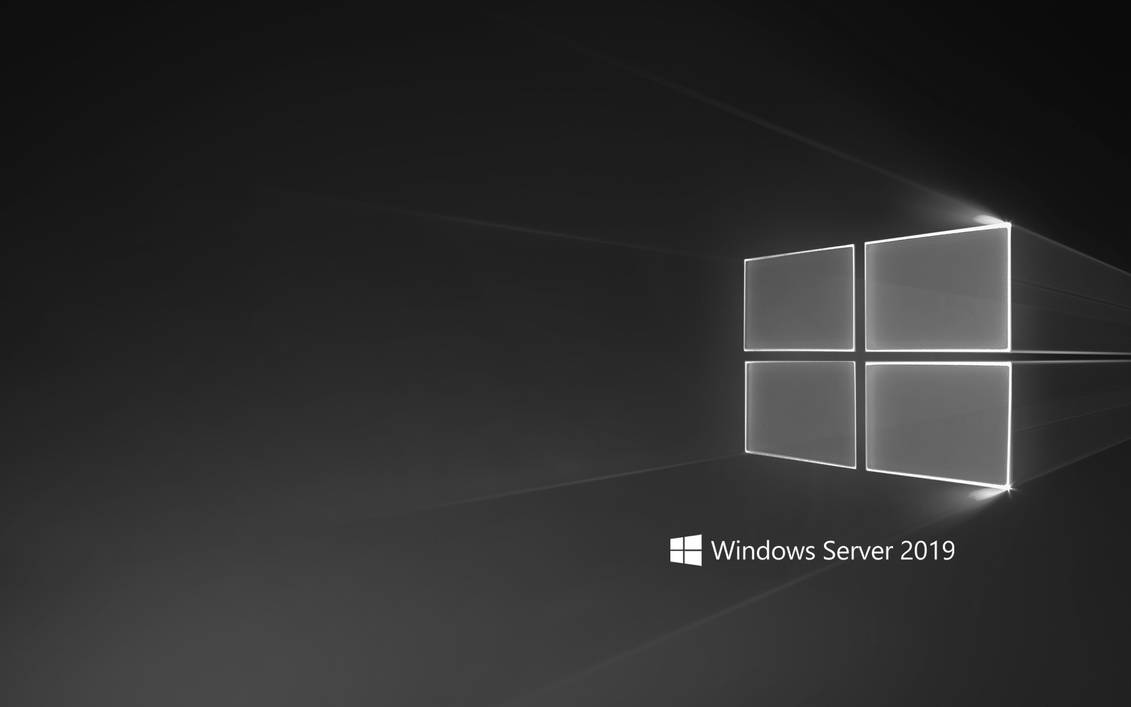Windows VPS Server In today’s digital era, having a reliable and high-performing website is crucial for businesses of all sizes. It not only helps in attracting customers but also plays a significant role in building an online presence. To ensure that your website runs smoothly and securely, it is essential to choose the right hosting solution. One such solution that has gained immense popularity in recent years is the Windows VPS Server.
Advantages of Using a Windows VPS Server
Understanding the Concept of VPS
Before diving into the advantages of using a Windows VPS Server, it is crucial to understand the concept of VPS. VPS stands for Virtual Private Server. It is a virtual machine that is created by dividing a physical server into multiple virtual servers. Each virtual server operates independently, with its own dedicated resources and operating system.
How a Windows VPS Server Improves Website Performance
One of the primary advantages of using a Windows VPS Server is the significant boost in website performance. Unlike shared hosting, where resources are shared among multiple websites, a VPS Server ensures that you have dedicated resources at your disposal. This means that your website will not be affected by the performance issues of other websites on the same server.
A Windows VPS Server offers high scalability, allowing you to easily upgrade or downgrade your resources as per your website’s requirements. This flexibility ensures that your website can handle increasing traffic without any performance bottlenecks. Additionally, with root access to the server, you have full control over the server configuration, enabling you to optimize it for your specific needs.

Enhanced Security Features of a Windows VPS Server
Security is a top concern for any website owner. With the rising number of cyber threats and attacks, it is crucial to have robust security measures in place. A Windows VPS Server provides enhanced security features compared to shared hosting. Since each VPS operates independently, the security of one website is not compromised by the vulnerabilities of another.
Windows VPS Servers come with built-in security features such as firewalls, intrusion detection systems, and regular security updates. Additionally, you can implement additional security measures such as SSL certificates and two-factor authentication to further strengthen your website’s security. With a Windows VPS Server, you can have peace of mind knowing that your website and customer data are protected.
Choosing the Right Provider
Now that we understand the advantages of using a Windows VPS Server, it is crucial to choose the right provider. With numerous options available in the market, it can be overwhelming to make the right choice. Here are some key factors to consider when selecting a Windows VPS Server provider:
- Reliability and Uptime: Look for a provider that offers a high uptime guarantee. This ensures that your website will be accessible to users round the clock.
- Scalability: Ensure that the provider offers flexible scalability options, allowing you to easily upgrade or downgrade your resources as per your website’s needs.
- Support: Check if the provider offers 24/7 technical support. In case of any issues or queries, it is essential to have a reliable support team to assist you.
- Security: Verify the security measures implemented by the provider. This includes firewalls, regular security updates, and backup options.
By carefully evaluating these factors, you can choose a Windows VPS Server provider that aligns with your website’s requirements and provides a seamless hosting experience.
Setting up a Windows VPS Server
Now that you have chosen a Windows VPS Server provider, it’s time to set up your server. Here is a step-by-step guide to help you get started:
- Choose an Operating System: Select the Windows operating system that best suits your needs. Popular options include Windows Server 2019, Windows Server 2016, and Windows Server 2012.
- Select a Plan: Choose a VPS plan that offers the desired resources and scalability options. Consider factors such as CPU cores, RAM, storage, and bandwidth.
- Configure Server Settings: Customize the server settings according to your requirements. This includes selecting the server location, setting up SSH access, and configuring network settings.
- Install Applications: Install the necessary applications and software on your Windows VPS Server. This can include web servers, databases, and content management systems.
- Secure the Server: Implement security measures to protect your server from potential threats. This includes setting up firewalls, enabling automatic updates, and configuring backup options.
Following these steps will ensure that your Windows VPS Server is set up correctly and ready to host your website.
Key Features of a Windows RDS Server
In addition to a Windows VPS Server, another solution that can greatly benefit businesses is a Windows RDS Server. RDS stands for Remote Desktop Services, and it allows users to access applications and desktops remotely. Here are some key features of a Windows RDS Server:
- Centralized Application Management: A Windows RDS Server allows you to install and manage applications on a centralized server. This simplifies the deployment and updates of applications across multiple users.
- Secure Remote Access: With a Windows RDS Server, users can securely access applications and desktops from any location. This enables remote work and enhances productivity.
- Resource Optimization: RDS Servers optimize resource usage by allowing multiple users to share the same server. This reduces hardware costs and ensures efficient utilization of resources.
- Scalability and Flexibility: A Windows RDS Server offers scalability options, allowing you to add or remove users as your business needs change. It also provides the flexibility to access applications from various devices, including desktops, laptops, and mobile devices.
Benefits of Using a Windows RDS Server
Now that we are familiar with the key features of a Windows RDS Server, let’s explore the benefits it offers to businesses:
- Increased Productivity: With remote access to applications and desktops, employees can work from anywhere, anytime. This flexibility leads to increased productivity and better work-life balance.
- Cost Savings: By centralizing applications on a Windows RDS Server, businesses can reduce hardware costs and minimize software licensing expenses. It also eliminates the need for individual installations and updates.
- Enhanced Security: A Windows RDS Server provides a secure environment for accessing applications and desktops. With features like multi-factor authentication and encrypted connections, businesses can protect their sensitive data.
- Simplified IT Management: Managing applications and user access becomes easier with a centralized RDS Server. IT administrators can efficiently handle updates, security patches, and user permissions from a single console.
By leveraging the benefits of a Windows RDS Server, businesses can streamline their operations, improve collaboration, and provide a seamless user experience.
Conclusion
In conclusion, a Windows VPS Server is an excellent solution for businesses looking to enhance their website performance and security. With dedicated resources, scalability options, and enhanced security features, it provides a reliable hosting environment. Additionally, a Windows RDS Server offers centralized application management, secure remote access, and cost savings. By choosing the right Windows VPS Server provider and leveraging the benefits of a Windows RDS Server, businesses can optimize their website performance, enhance security, and improve overall productivity. So, make the right choice and unlock the full potential of your online presence.




